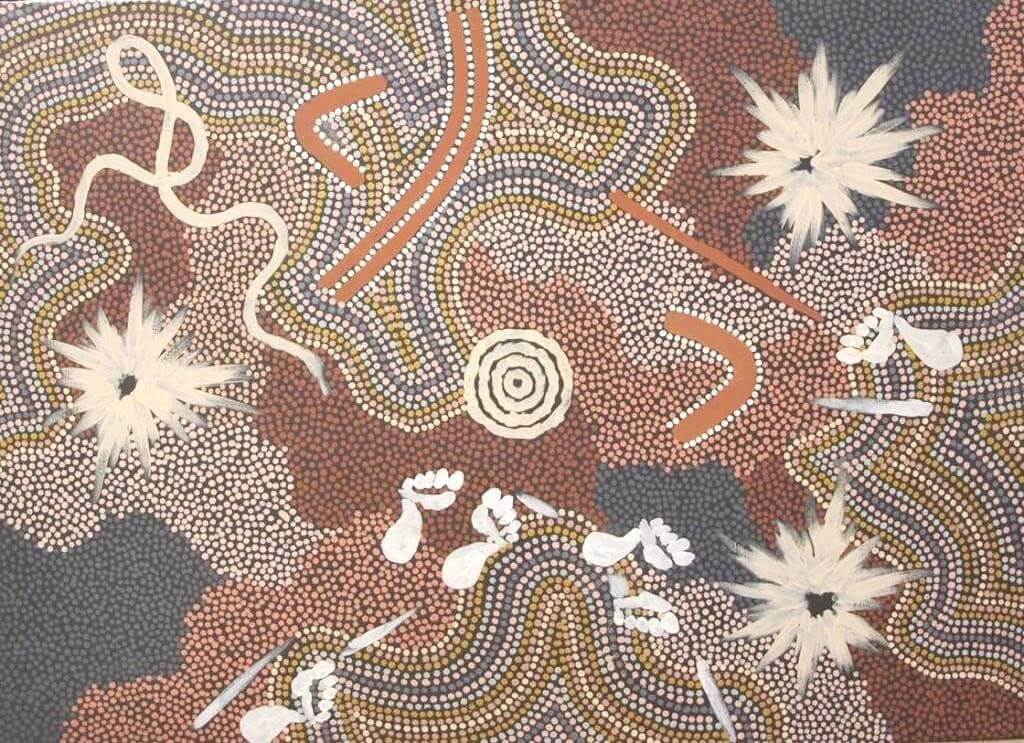Scroll & click the images below to view this artwork in different rooms & settings.
- On a tablet or mobile, click the “view in your room” button, point your camera at the wall you wish to see the artwork on. It will appear to scale on the wall, when viewed through your device.
- On a desktop/laptop, click the same button & scan the QR code using a mobile device to view the artwork on your wall instantly.
- Use 1 finger to move artwork to desired spot. If it disappears, close, go back & click “view in your room” button again. To resize art, pinch to zoom with 2 fingers.
Requires compatible Apple iOS 13 or Android with ARCore 1.9+
Clifford Possum Tjapaltjarri / Tjapaltjarri Dreaming
SKU: CPT1998
93cm x 129cm, Acrylic on Linen, 1998
View more from artist
$36,000.00
93cm x 129cm, Acrylic on Linen, 1998
(Sold)
How Artworks Are Sent
Ochre / Kimberley artworks are shipped on canvas or linen, already stretched, ready to hang unless stated otherwise.

Acrylic artworks are shipped on canvas or linen un-stretched, rolled up in a cardboard tube unless stated otherwise.
These artworks will need to be stretched on a stretcher board before hanging.

This can be done by nearly any picture framer (highly recommended) or you can DIY if you’re confident in your handiwork.
There are numerous "how to" videos on YouTube showing you how to achieve this.
Artist Profile
Gallery Director’s comments: An incredible opportunity for all Aboriginal art lovers and the discerning art investor. This important work by Australia’s most celebrated Aboriginal artist comes with provenance from Artspeak Studios, one of only several galleries/dealers in Australia who are trusted by the top tier auction houses to authenticate works by Clifford. The artwork description is incredibly detailed and will give the owner an amazing insight into both Clifford Possum Tjapaltjarri and also the artworks of the early Papunya Tula artists who moved from sandpaintings to canvas in the 1970’s. A very rare opportunity to acquire a work of this calibre at a considerably discounted price.
Clifford Possum was born in 1932 on Napperby Station. He worked extensively as a stockman on the cattle stations in and around his traditional country. During this time he developed an encyclopaedic knowledge of the Dreaming Trails that criss-cross the area to the north of the western McDonnell Ranges, which he depicts in painting his Dreamings.
His career as an artist began in the 50’s when he carved snakes and goannas. By the 70’s he was one of the most accomplished carvers in Central Australia. His first opportunity to paint came when one of Albert Namatjira’s sons gave him acrylic paints and the master began his work. Clifford, living at the Papunya Community was one of the first artists to be involved with the Aboriginal Art Movement.
The art of Clifford Possum is notable for its brilliant manipulation of three-dimensional space. Many of his canvasses have strong figurative elements which stand out from the highly descriptive background dotting. In the late 70’s he expanded the scope of Papunya Tula painting by placing the trails of several ancestors on the same canvas in the fashion of a road map. Within this framework, he depicted the land geographically. This laid the foundation for traditional Aboriginal Iconography to be placed on canvas. The other artist working with him took his lead and removed any elements of European Art from their work. In doing so Clifford, as well as the other artists involved with the Papunya Tula Movement helped to develop the true definition of Aboriginal Art, an art revolving around a culture, the Jukurrpa (Dreamtime).
In some of his stories Clifford attempts to give a visual impression of sunlight, cloud, shadow and earth to denote specific times of the day. His paintings show superlative skill, incredible inventiveness of form and are visually spectacular.
Clifford’s work is contemporary but essentially Aboriginal in inspiration. To appreciate its full richness it is imperative that it is seen not only by its colour, composition and balance but by its mythological detail. One of the extraordinary qualities of Clifford’s work and other Western Desert artists is that they are a visual writing and speak to the Aboriginal as books do to Europeans.
When asked why he became an Artist, he answered, “That Dreaming been all the time. From our early days, before European people came up. That Dreaming carry on. Old people carry on this law, business, schooling for the young people. Grandfather and grandmother, uncle and aunty, mummy and father, all that, they been carry on this, teach ’em all the young boys and girls. They been using the dancing boards, spear, boomerang all painted. And they been using them on body different times. Kids, I see them all the time, painted. All the young fellas they go hunting and the old people there, they do sand painting. They put down all the story, same like I do on canvas. All the young fella they bring ’em back kangaroo. Same all the ladies, they been get all the bush fruit, might be bush onion, plum, might be honey ants, might be yala, all the kungkas (women) bring them back. Because everybody there all ready waiting. Everybody painted. They been using ochres all the colours from the rock. People use them to paint up. I use paint and canvas that’s not from us, from European people. Business time we don’t use paints the way I use them, no we use them from rock, teach ’em all the young fellas.”
Clifford is Australia’s most celebrated Aboriginal Artist of his time. He was the chairman of the Papunya Tula Artists from the 1970’s to the 1980’s. His work is featured in many of the main galleries and collections around Australia and Internationally – Collections include the National Gallery in Canberra and the New South Wales Art Gallery. His work has travelled extensively around the world, including, ‘Dreamings’ The Art of Aboriginal Australia in New York, Chicago, Los Angeles and St Louis. He has had a book published and dedicated to him and his paintings, ‘The Art of Clifford Possum Japaltjarri’, by Vivien Johnson. He is and has always been regarded as the leading figure in Australian Aboriginal Art.
Clifford passed away in Alice Springs on the 21st June 2002, just after being recognised for his contribution to Australian Art and Culture, by being made an “Officer of the Order of Australia”. His final days where spent at the Hetty Perkins Nursing Home Alice Springs where he passed away surrounded by close family and friends.
He is sadly missed by those who worked with and knew him well, as well as art collectors and dealers around the world.
Selected Subjects and Themes
• Men’s Ceremony, possum, fire, kangaroo, snake, fish, men’s love story, lightning, goanna, water
Selected Awards & Commissions
• 1983, Alice Prize, Alice Springs NT
• 1985, Mural Design, Araluen Centre, Alice Springs
• 1991, Strehlow Research Foundation, Alice Springs
• 1991, Mural, new Alice Springs Airport
• Clifford Possum was the Chairman of Papunya Tula Artists during the late 1970s and early 1980s.
Selected Collections
• Artbank, Sydney
• Art Gallery of New South Wales, Sydney
• Art Gallery of South Australia, Adelaide
• Art Gallery of Western Australia, Perth
• Berndt Museum of Anthropology, University of Western Australia
• Broken Hill Art Gallery
• Donald Kahn collection, Lowe Art Museum, University of Miami
• Flinders University Art Museum, Adelaide
• National Gallery of Australia, Canberra
• National Gallery of Victoria, Melbourne
• Pacific Asia Museum, Los Angeles
• Parliament House Art Collection, Canberra
• Queensland Art Gallery, Brisbane
• South Australian Museum, Adelaide
• The Holmes a Court Collection, Perth
• The Kelton Foundation, Santa Monica, U.S.A.
Artwork Description
In this painting the artist offers a symbolic depiction of an area in Anmatyarre tribal country known as Larumba, which is the area of the artist own birth and his Tjapaltjarri heritage passed down to the artist from his Tjapaltjarri grandfather, or grandfathers from one generation to the other since Dreamtime, or Creation.
The human tracks in this work tell of the artist and his grandfathers` time spent walking over their beloved Larumba in search of food and making camp at a site represented by a
concentric circle, which also doubles as a sacred sandpainting to lend to the idea of ceremony.
Shown in a manner to capture the idea of a sandpainting created by hand, or touch, the concentric circle is a fundamental aspect in sandpaintings, or ceremonial ground designs,
which are sacred and form part of the sacred rituals that lead Tjapaltjarri youths to manhood in which their personal totems are gained along with their heritage in terms of land, or country, and associated Dreamings.
The inherited country in this work is Larumba where the artist also represents himself and his Tjapaltjarri ancestors through symbolic U-shapes with one positioned with a Nulla
Nulla, or fighting stick used in battle and hunting, while the other U-shape is resting with an arc motif that lends to the idea of body paint and ceremony.
The idea of ceremony is also found through the stylized band motif that represents a hair-string head band and doubles as a body belt worn by Tjapaltjarri Law-Men, who like their ancestors before them will pass on their country and cultural knowledge to the next generation of Anmatyarre youths through song, dance, body and ground designs and secret-sacred ceremonial rituals.
Also known as Napperby, Larumba is named after the artist`s first ancestor, who made this area in Anmatyarre territory his own and passed it on to men of the Tjapaltjarri skin-
group, who remain responsible for taking care of their country and culture through participation as expressed in this work, which also gives form to Napperby soakage, or sometimes referred to as Napperby Lake.
Napperby soakage, or Lake, runs along a vast stretch of underground clay-pans and is chiefly made up of salty water, but for sacred areas where fresh water rises to the surface, which is also expressed by the concentric circle, while the linear dotted pattern gives form to Napperby Lake in the form of its underground passages.
The linear pattern also acts to represent ceremonial decoration, as does the carpet of patches of dots, which also double to give form to Larumba`s topography that also
features star-like motifs, which give expression to native flora, particularly Spinifex grass that tribesmen burn to make a resin in the making of their hunting tools, such as their spears, spear throwers, or woomeras, and stone knives.
Tjapaltjarri Law-Men, like the artist, share a collective memory of the past, which always remains part of the present through ceremonies associated to their own Dreamings that
offer the Tjapaltjarri skin group, also known as Pultara in Anmatyarre language, their own sacred identity and the sacred identity of home country, as expressed in creative symbolic form in this original and communicative work of Art.
Shipping, Returns & Exchanges
Shipping & Insurance is 100% Free Worldwide
Note: Some countries & local jurisdictions may charge import customs fees. Please check with your local customs office. Free shipping does not include any additional import duties, taxes or fees.
Guarantee & Refunds:All artworks come with a 30-day 100% money back guarantee.
If, for whatever reason, on delivery of your artwork(s), you are not satisfied with your acquisition, you may return the artworks(s) for a full refund of the purchase price.
When requesting a refund all return shipping charges are to be borne by the customer and as all goods are the responsibility of the customer until they are received by us, we highly recommend that you insure the goods to be returned to the value of the purchase price.
This can usually be done easily through your local postage service or courier.
Exchanges:The Artlandish 30-day exchange program means you may also swap your artwork(s) with something else up to the value of the originally purchased painting(s).
Simply notify Artlandish within 30 days of receiving your artwork that you wish to exchange it for another piece and then return the artwork to be exchanged.
The new artwork(s) chosen via exchange also enjoy Free worldwide shipping! You will only have to cover the return shipping costs of the artwork you wish to exchange.
If you have any other questions or concerns , please don't hesitate to contact us at any time.
For more information and full details please see our refunds and returns policy page , money back guarantee page and our shipping page
